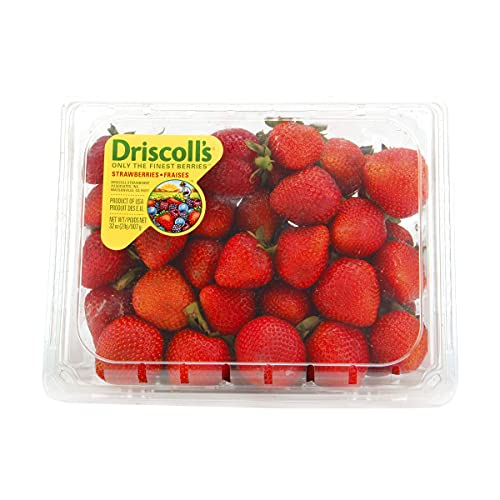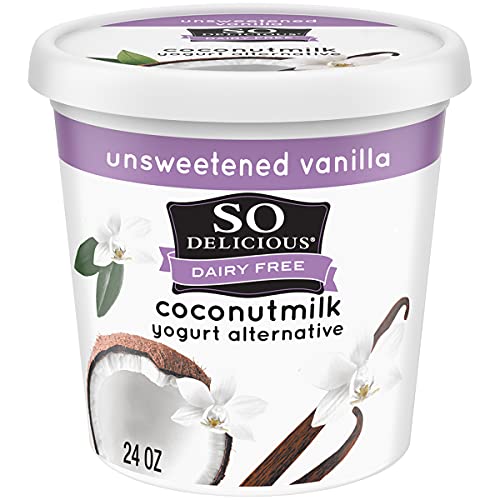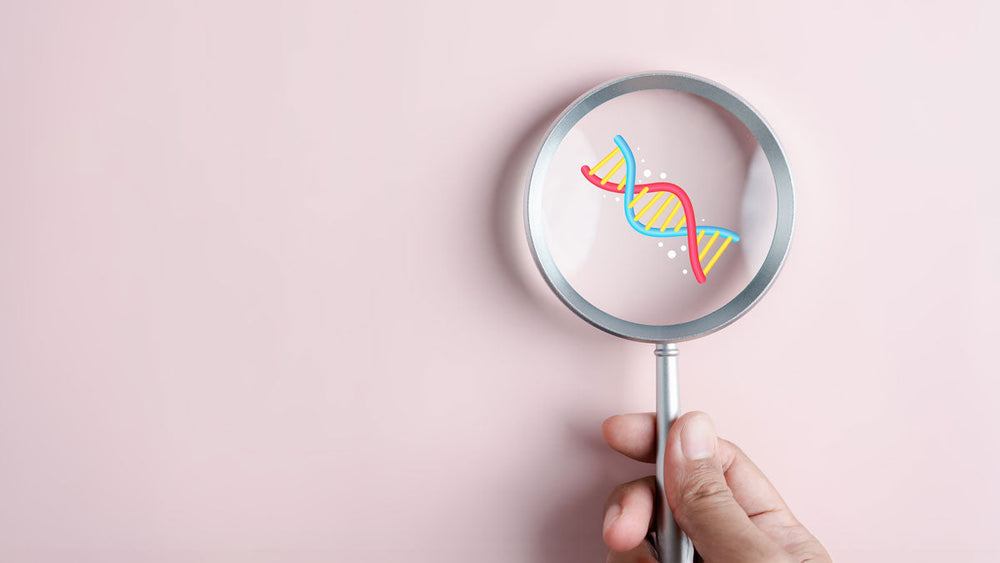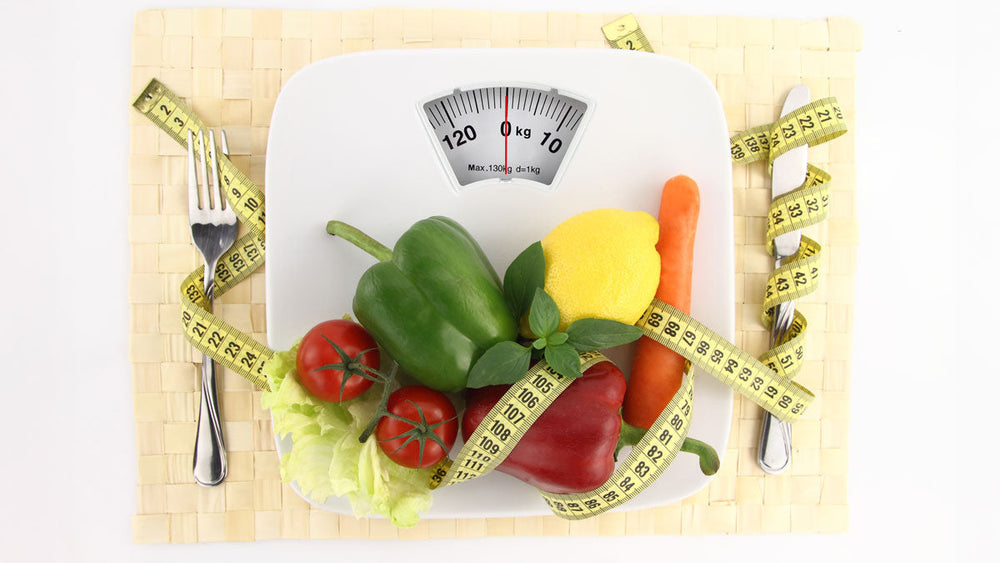It’s that time of the month again, and if you are a woman, you know exactly what this means.
You are more than likely enduring the symptoms of your menstrual cycle. While this is a natural part of life, it can be a struggle every time your monthly friend comes to town. This can be even harder when you are an athlete or someone who enjoys exercising.
As an athlete, I have grown to appreciate understanding my hormones and how much I can be impacted by the ebbs and flows throughout my cycle. This type of information is also important for young female athletes since equipping them with this knowledge can help improve their overall performance and lifelong health.
There is growing interest in this topic and a need for teaching women different methods for managing hormonal changes throughout the menstrual cycle. Studies have been performed that confirm the effects of hormones on health, eating patterns, and performance. These studies have also exposed other areas that need further clinical trials to provide more conclusive evidence regarding women and hormonal changes.
Before I get ahead of myself, let’s back up a little bit. I want to make sure you understand the different phases of your cycle along with what is happening in your body, aside from feeling as if it is revolting against you. Most women know that you start counting your cycle on the first day of your period. The average woman has a 28-day cycle, but everyone can vary by a couple of days or so. For this article, we will just use the 28-day cycle to keep things concise.
The beginning of your cycle is called your Follicular phase and occurs between days 1-5. During this time estrogen and progesterone levels are low, and you are shedding the lining of your uterus. You are on your period. Next, is the second half of the Follicular phase, days 6-14, and your estrogen and progesterone begin to rise again.
From day 15-17, you are in the Ovulatory phase where estrogen hits its peak, testosterone, and progesterone continue to rise, and the egg is released from the ovary.
The Luteal Phase is the second half of your cycle lasting from days 18-28. Your estrogen and progesterone are at high levels. During this phase, if the egg is not fertilized your hormone levels decrease, and your cycle restarts.
Now that we understand the phases and hormone changes let's discuss how our eating pattern is impacted and what foods we should focus on. *Refer to this figure for a great look at the different hormonal shifts in relation to the menstrual cycle: Hormonal events and phases in a eumenorrheic 28-day menstrual cycle.
Though you may hear your inner voice yelling, “let them eat cake,” this is not going to help and the satisfaction is short-lived. At baseline following an anti-inflammatory dietary eating pattern is the most beneficial to keep your hormones regulated. Stay tuned for my next article where I will be diving deeper into hormonal eating.
- Limit processed foods
- Watch saturated fat levels as you get closer to the Follicular phase
- Start limiting caffeine and alcohol.
- Focus on fresh fruits and vegetables, complex carbohydrates, healthy fat sources, and lean protein.
Sports science research has predominantly been conducted on male athletes and inappropriately applied to female athletes, especially when taking fluctuations in hormonal changes into consideration. Another area to be mindful of throughout your cycle is exercise. If you find you are more fatigued and not able to hit your intensity goal right before your menstrual phase, there is a reason. Because of the changes in your hormone levels- your ability to perform as effectively changes too.
Starting with the beginning of your cycle, when you are on your period, is where you would want to place your higher-intensity workouts. During the Follicular phase, you will see greater outcomes in power and strength. During the Late follicular and Early Luteal phase, before and after ovulation, testosterone levels are elevated, therefore continuing with higher-intensity exercises remains beneficial.
Once you are further into your Luteal phase your progesterone peaks which can cause increased feelings of fatigue, performance impacts, and cardiovascular strain. Reducing the intensity of your workouts to yoga, Pilates, or low-intensity aerobic exercises is recommended for optimal performance and recovery.
There is a great deal of growing research that still needs to be completed in this area, but current research provides wonderful insight into this area. Tracking your cycle and adjusting diet and exercise throughout your hormonal phases is very beneficial. Doing this can not only support you with your performance but can also help provide a holistic approach to managing symptoms, and dietary patterns. To help with tracking you can download various apps, a few that are very popular are Flo, Natural Cycles, and Garmin Connect.
- Krupp, A. (2023, February 8). What is cycle syncing? Healthline. Retrieved February 27, 2023.
- Carmichael, M. A., Thomson, R. L., Moran, L. J., & Wycherley, T. P. (2021). The Impact of Menstrual Cycle Phase on Athletes' Performance: A Narrative Review. International journal of environmental research and public health, 18(4), 1667.
- Department of Health & Human Services. (2001, April 26). Menstrual cycle. Better Health Channel. Retrieved February 27, 2023.
- McNulty, K. L., Elliott-Sale, K. J., Dolan, E., Swinton, P. A., Ansdell, P., Goodall, S., Thomas, K., & Hicks, K. M. (2020). The Effects of Menstrual Cycle Phase on Exercise Performance in Eumenorrheic Women: A Systematic Review and Meta-Analysis. Sports medicine (Auckland, N.Z.), 50(10), 1813–1827.
- Pallavi, L. C., D Souza, U. J., & Shivaprakash, G. (2017). Assessment of Musculoskeletal Strength and Levels of Fatigue during Different Phases of Menstrual Cycle in Young Adults. Journal of clinical and diagnostic research : JCDR, 11(2), CC11–CC13.




















Comments
Join The Conversation...